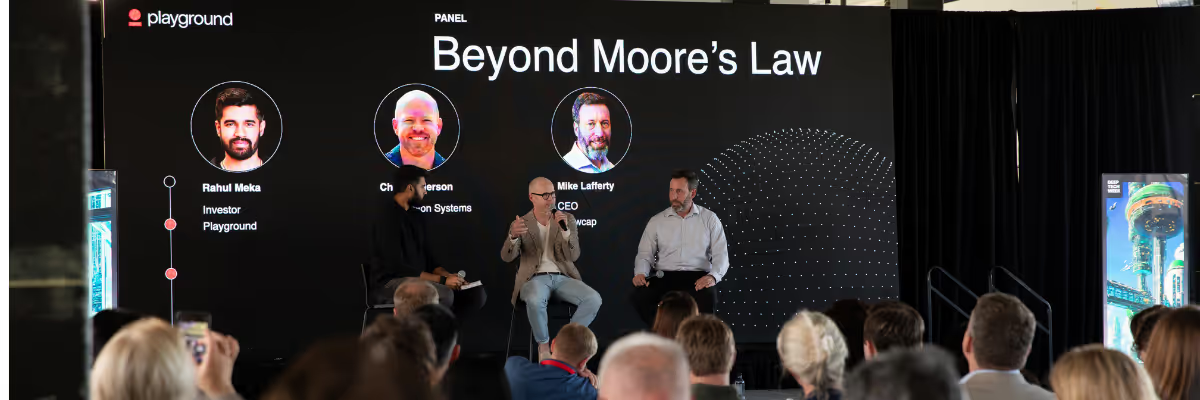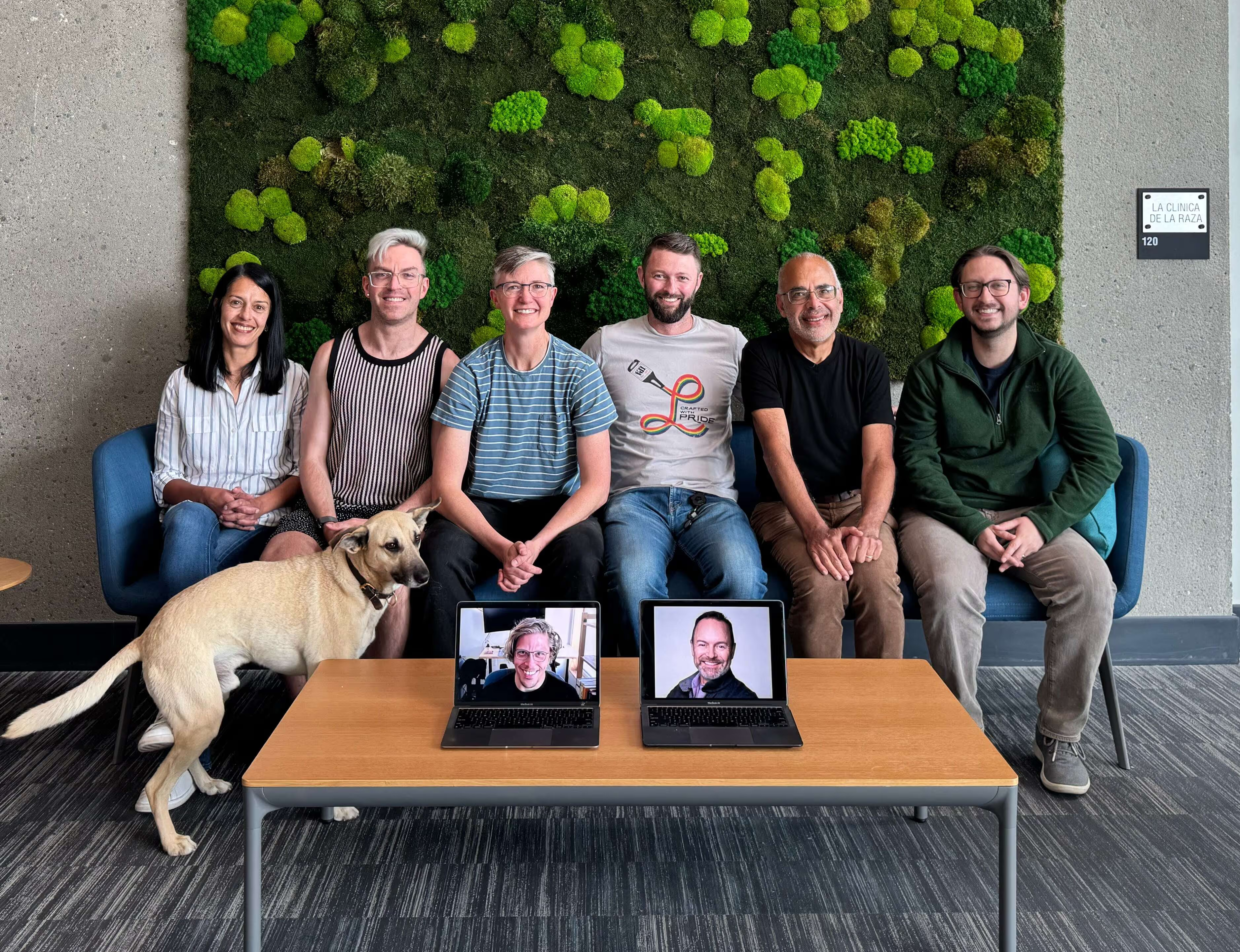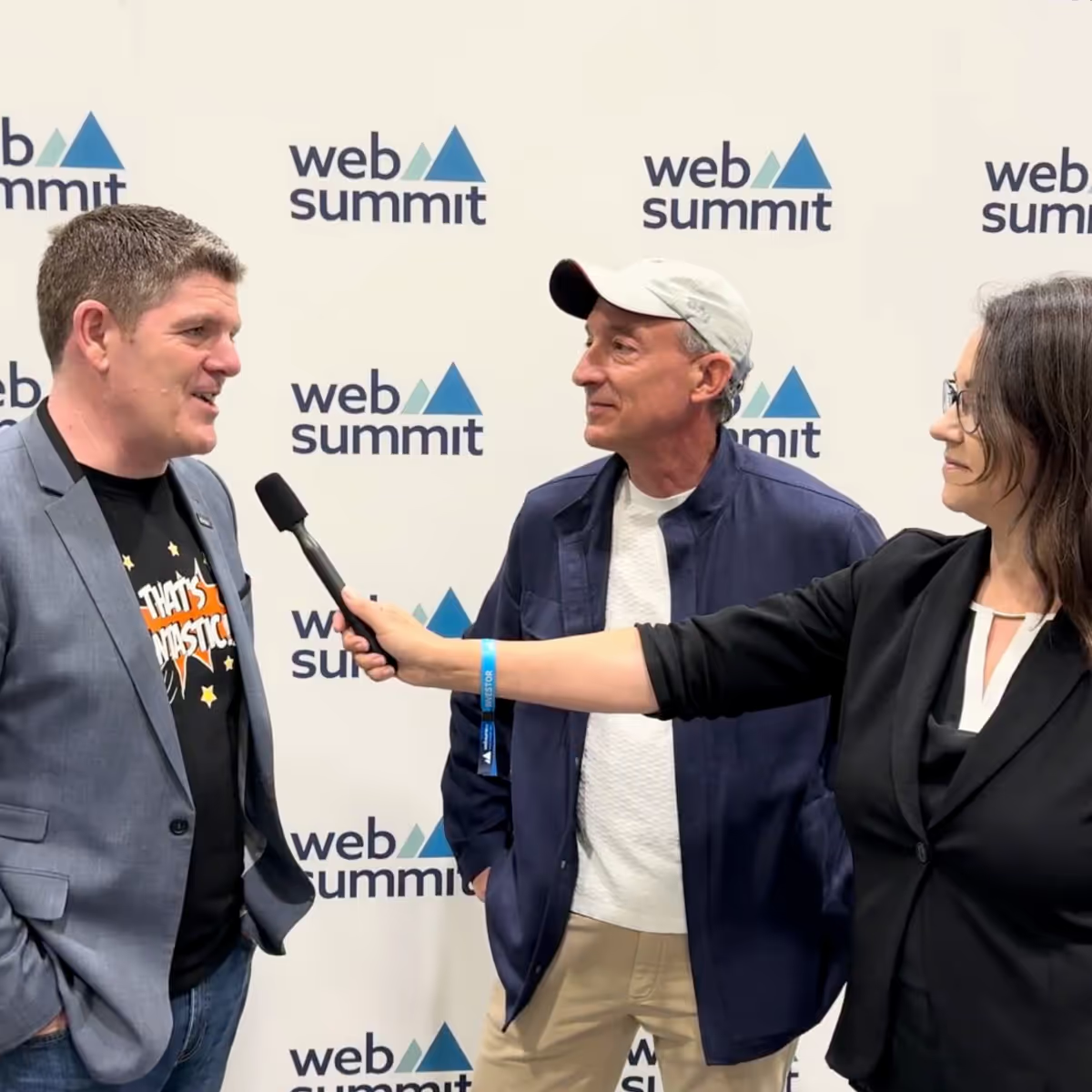Moore's Law has been the guiding principle of the semiconductor industry for decades, driving an exponential increase in computing power and shrinking device sizes from room-sized mainframes to the smartphones and GPUs that power our AI future.
At the recent Deep Tech Week SF event on “Next-Gen Compute,” hosted by early-stage deep tech VC Playground Global, two companies – xLight and Snowcap Compute – offered compelling visions for navigating this "Beyond Moore's Law" era.
xLight: Powering the Future of Semiconductor Manufacturing
Chris Anderson, VP of Photon Systems at xLight, outlined how their innovative Free Electron Laser (FEL) technology is set to revolutionize semiconductor manufacturing. xLight is developing the world's most powerful lasers to boost the productivity of existing extreme ultraviolet (EUV) lithography systems and enable next-generation manufacturing.
Anderson, who spent 17 years at national labs developing EUV lithography, emphasized that current EUV chip printing machines are "starving for more light". The existing source technology simply cannot meet the demand for more photons, creating a bottleneck in chip production. xLight's solution leverages superconducting RF accelerator technology, which has been maturing in national labs since the 1980s and reached system-level maturity around 2010. This convergence of market need and technological readiness makes now the perfect time for xLight's commercialization.
As he put it, the key technical breakthrough lies in overcoming manufacturing challenges through modularization, much like how the Empire State Building was constructed by replicating simple one-story buildings. xLight's systems will enable existing EUV machines to print significantly more wafers per hour and access new technology nodes at the same cost, essentially acting as "cash printing machines" for fabs. Anderson envisions a future where chip size is no longer a manufacturing limitation, and chips can monolithically integrate IP from limitless vendors, making low-volume chip runs as cost-effective as high-volume ones. This "digital printing" of chips, enabled by powerful, highly parallelized laser systems, will transform semiconductor manufacturing.
Snowcap Compute: Reimagining the Data Center with Superconducting Logic
Mike Lafferty of Snowcap Compute presented a radically different, yet equally exciting, approach: superconducting digital compute. Snowcap aims to achieve orders of magnitude improvement in performance and power efficiency by converting conventional digital technology into a superconducting environment operating at 4 Kelvin.
While superconducting logic isn't new, Snowcap's breakthrough lies in achieving CMOS-compatible scale systems by developing the necessary EDA software ecosystem. This allows them to use a 15-year-old, 28-nanometer lithography process and still exceed the performance and power efficiency of 3-nanometer CMOS. Their ability to leverage existing infrastructure—cryocoolers, 28-nanometer fabs, and established EDA software—significantly de-risks their path to market.
Lafferty described a future data center dramatically different from today's. Current data centers are limited by the ability to deliver power and remove heat, with modern NVIDIA systems demanding 600 kilowatts per rack. Snowcap flips this problem on its head by starting cold and building up. Their superconducting chips have a switching energy five orders of magnitude lower than CMOS, allowing them to compress the equivalent of 100 racks of compute into a very small form factor, potentially fitting into a suitcase. This leads to a massive reduction in wall plug power and significant latency improvements due to minimized data travel distances.
The Future is Bright (and Cold)
Both xLight and Snowcap Compute are poised to make significant impacts in the near-term next-gen compute landscape, with commercialization timelines measured in single-digit years. xLight will deliver more powerful and efficient chip manufacturing, while Snowcap Compute will enable drastically smaller, more powerful, and energy-efficient data centers. These innovations underscore that while the traditional scaling of Moore's Law may be slowing, human ingenuity continues to find new "degrees of freedom" to propel computing into an exciting and transformative future.


.png)
.png)

